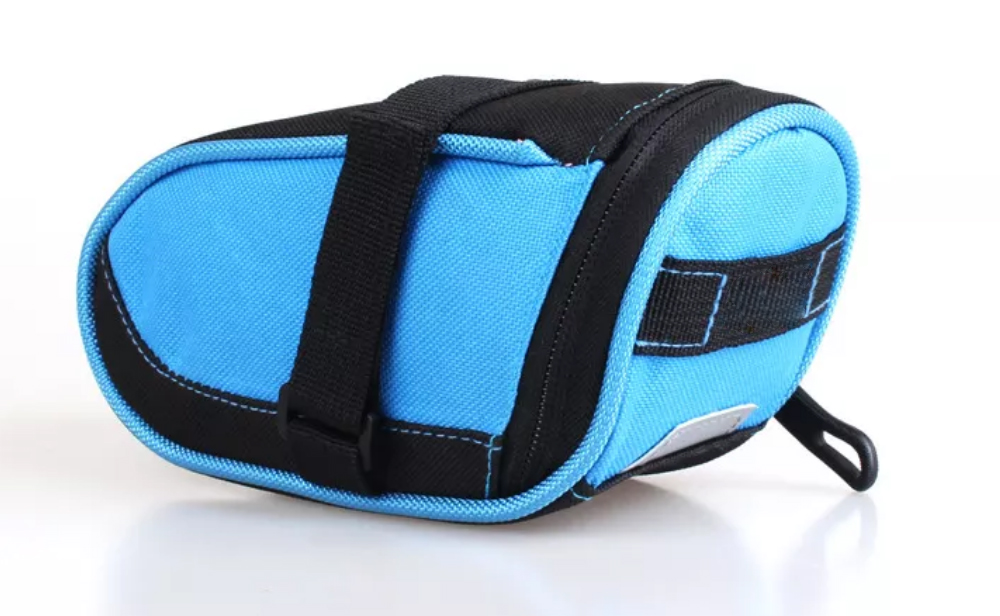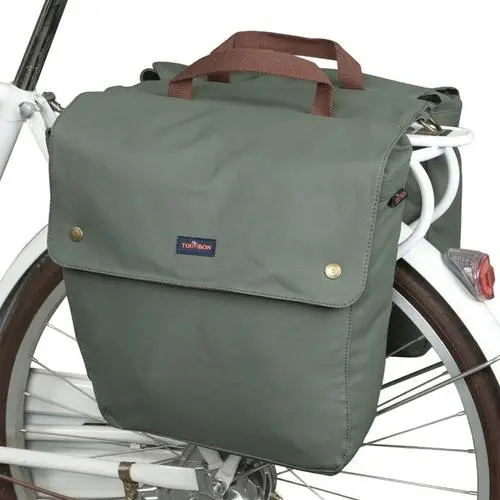4 Kinds of Materials Used in Bike Bags: Advantages and Disadvantages
Bike bags are essential accessories for cyclists who need to carry their belongings while riding. The materials used in bike bags play a crucial role in determining their durability, functionality, and overall performance. In this article, we will discuss the most common materials used in bike bags and their advantages and disadvantages.
Polyester
Polyester is a synthetic fabric that is commonly used in bike bags. It is lightweight, durable, and water-resistant, making it an ideal material for bike bags. Polyester is also easy to clean and maintain, which is a significant advantage for cyclists who ride frequently.
Polyester
Advantages:
– Lightweight: Polyester is a lightweight material, which makes it ideal for bike bags as it does not add much weight to the overall load.
– Durable: Polyester is a strong and durable material that can withstand wear and tear, making it ideal for bike bags that are used frequently.
– Water-resistant: Polyester has a natural resistance to water, which makes it ideal for bike bags that need to withstand harsh weather conditions.
– Easy to clean and maintain: Polyester is easy to clean and maintain, which is a significant advantage for cyclists who ride frequently.
Disadvantages:
– Not as breathable as other materials: Polyester is not as breathable as natural materials like cotton or canvas, which can lead to sweat accumulation and discomfort during long rides.
– Can be prone to fading over time: Polyester is susceptible to fading over time due to exposure to sunlight and other environmental factors.
According to a study conducted by the Textile Research Journal, polyester fabrics have a high tensile strength and good abrasion resistance, which makes them ideal for use in outdoor applications like bike bags. However, the study also found that polyester fabrics have poor moisture management properties, which can lead to discomfort during physical activities.

TPU
TPU is a type of plastic material that is commonly used in bike bags. It is highly durable, abrasion-resistant, and waterproof, making it an ideal material for bike bags that need to withstand harsh weather conditions.
Advantages:
– Highly durable: TPU is a highly durable material that can withstand extreme temperatures, abrasion, and impact, making it ideal for bike bags that need to withstand harsh weather conditions.
– Abrasion-resistant: TPU is highly resistant to abrasion, which makes it ideal for bike bags that are used frequently.
– Waterproof: TPU has excellent waterproofing properties, which makes it ideal for bike bags that need to protect their contents from water damage.
– Resistant to oil and grease: TPU is resistant to oil and grease, which makes it ideal for bike bags that may come into contact with these substances.
Disadvantages:
– Can be more expensive than other materials: TPU is a relatively expensive material compared to other materials like polyester or canvas.
– Not as breathable as other materials: TPU is not as breathable as natural materials like cotton or canvas, which can lead to sweat accumulation and discomfort during long rides.
According to a study published in the Journal of Applied Polymer Science, TPU films have excellent mechanical properties, including high tensile strength, elongation at break, and tear resistance. The study also found that TPU films have excellent water resistance and good chemical resistance.

Canvas
Advantages:
– Strong and durable: Canvas is a strong and durable material that can withstand wear and tear, making it ideal for bike bags that are used frequently.
– Breathable: Canvas is a breathable material that allows air to circulate freely, which helps to reduce sweat accumulation and discomfort during long rides.
– Has a classic look and feel: Canvas has a classic look and feel that many cyclists find appealing.
Disadvantages:
– Can be heavy: Canvas is a heavy material compared to other materials like polyester or nylon, which can add weight to the overall load.
– Not as water-resistant as other materials: Canvas is not as water-resistant as synthetic materials like polyester or TPU, which can make it unsuitable for bike bags that need to withstand harsh weather conditions.
According to a study published in the Journal of Textile Science and Engineering, cotton canvas has good tensile strength and tear resistance, making it suitable for use in outdoor applications like bike bags. However, the study also found that cotton canvas has poor water resistance properties, which can limit its suitability for use in wet conditions.

Nylon
Nylon is a synthetic fabric that is commonly used in bike bags. It is lightweight, durable, and water-resistant, making it an ideal material for bike bags that need to withstand harsh weather conditions.
Advantages:
– Lightweight: Nylon is a lightweight material that does not add much weight to the overall load.
– Durable: Nylon is a strong and durable material that can withstand wear and tear, making it ideal for bike bags that are used frequently.
– Water-resistant: Nylon has excellent water resistance properties, which makes it ideal for bike bags that need to withstand harsh weather conditions.
Disadvantages:
– Not as breathable as other materials: Nylon is not as breathable as natural materials like cotton or canvas, which can lead to sweat accumulation and discomfort during long rides.
According to a study published in the Journal of Applied Polymer Science, nylon fabrics have high tensile strength and excellent abrasion resistance, making them suitable for use in outdoor applications like bike bags. The study also found that nylon fabrics have good water resistance properties.
In conclusion, the choice of material for bike bags depends on the specific needs of the cyclist. Polyester, TPU, canvas, and nylon are all excellent options with their unique advantages and disadvantages. Ultimately, it’s up to the individual to decide which material best suits their needs.




